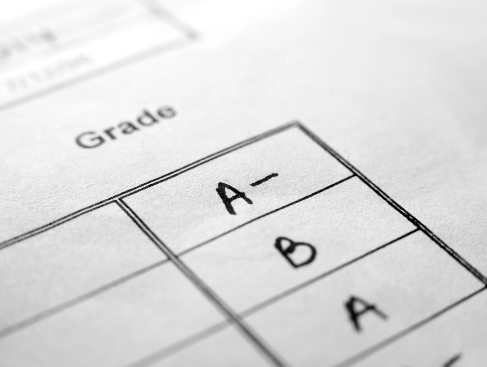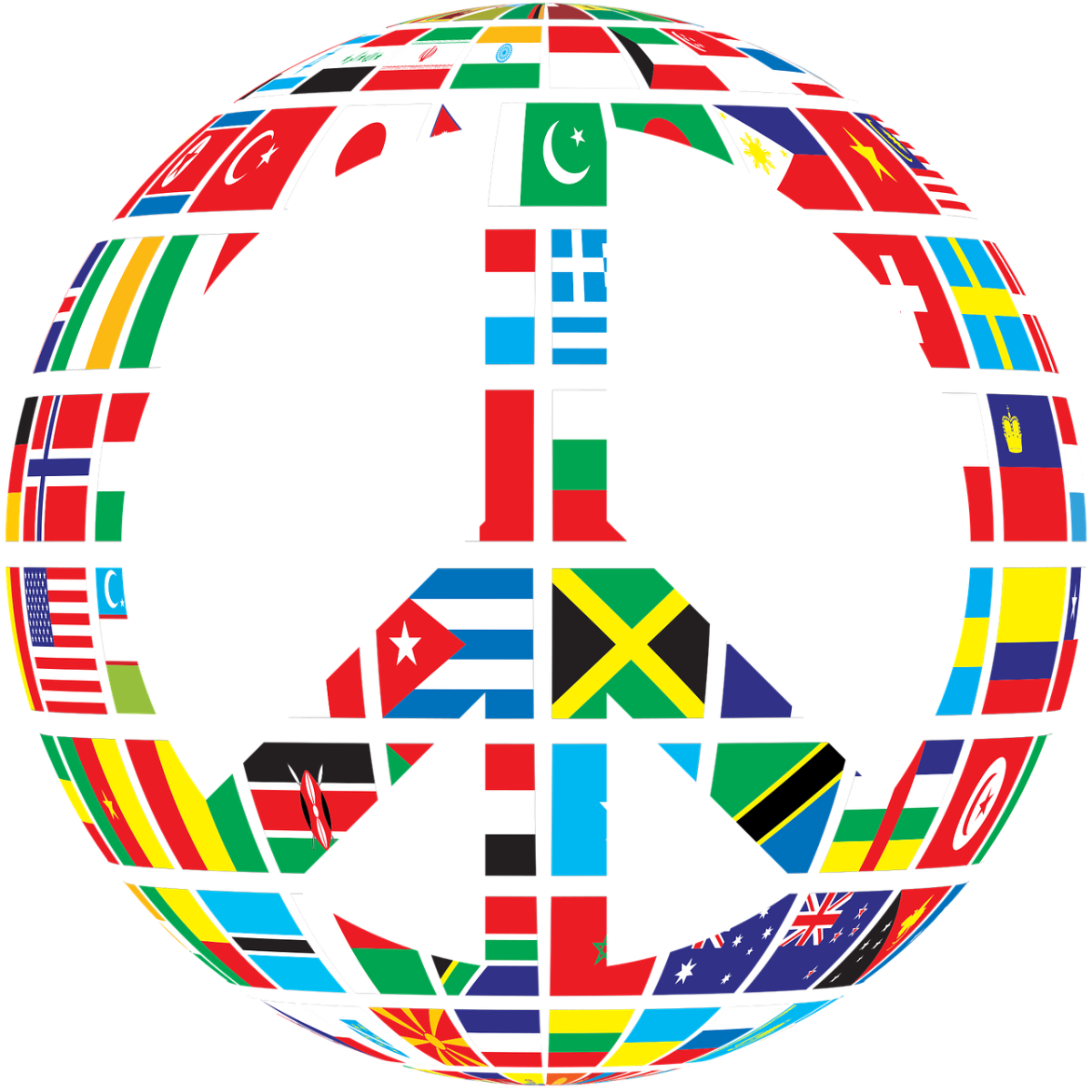Breaking Down the Champions League
Thirty-Two Teams Start – Only One Can Win
May 29, 2015
Are you a soccer fan? Have you heard about the Champions League but still do not understand how it works? The Union European Football Association`s (UEFA) Champions League, better known as the Champions League, is a soccer competition in Europe organized annually by the UEFA. The winner of the Champions League final wins a trophy which is 29 inches tall, made of silver, and weighs 24 pounds, and they receive 40 golden medals; The runners-up get 40 silver medals.
The Champions League consists of 8 groups, with each group containing 4 soccer teams. Groups are named by letter from A to H, and each team is named by the club`s name. Real Madrid, which is the most successful club in the competition’s history having won the Champions League 10 times, is located in Madrid, Spain.
The League begins with 32 soccer teams divided into the A-H groups. Teams In each group play against one another twice, and the winners qualify for the next round, which is called the eighth finals. During the eighth finals, 16 teams are represented. These teams play one another twice, and the winners qualify for the quarter-finals. During the quarter finals, 8 teams are represented, and the winners qualify for the semifinals. During the semifinals, 4 teams are represented, and they play twice to qualify for the finals. In the semifinal right now, in the first match, Real Madrid lost to Juventus, and Bayern Munich lost to Barcelona. If both teams win twice, they qualify for the finals. If the teams tie, they go to shooting penalty.
Just playing and winning games does not qualify European soccer clubs for the UEFA. Soccer clubs have to be UEFA members in order to even qualify for the league. In order to qualify for the UEFA league, they have to meet the UEFA coefficient, which is used to rank the football associations in European countries and to help determine the number of clubs from each association that will participate in the UEFA Champions League. The higher an association`s coefficient is, the more teams represent the association in the league and the fewer qualification rounds the association’s team must compete. In addition, European soccer clubs must meet the stadium, infrastructure, and finance requirements and must also be licensed by its national association to participate in the Champions League.







































